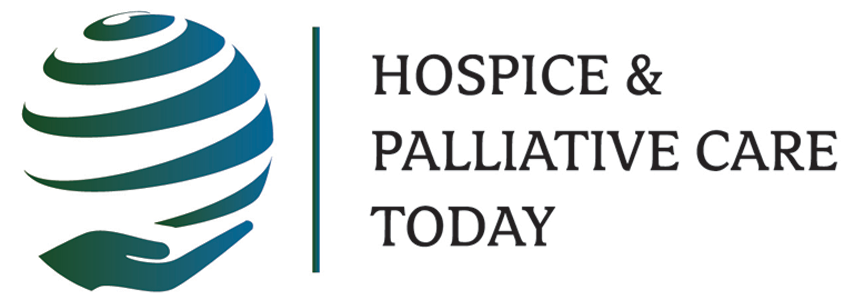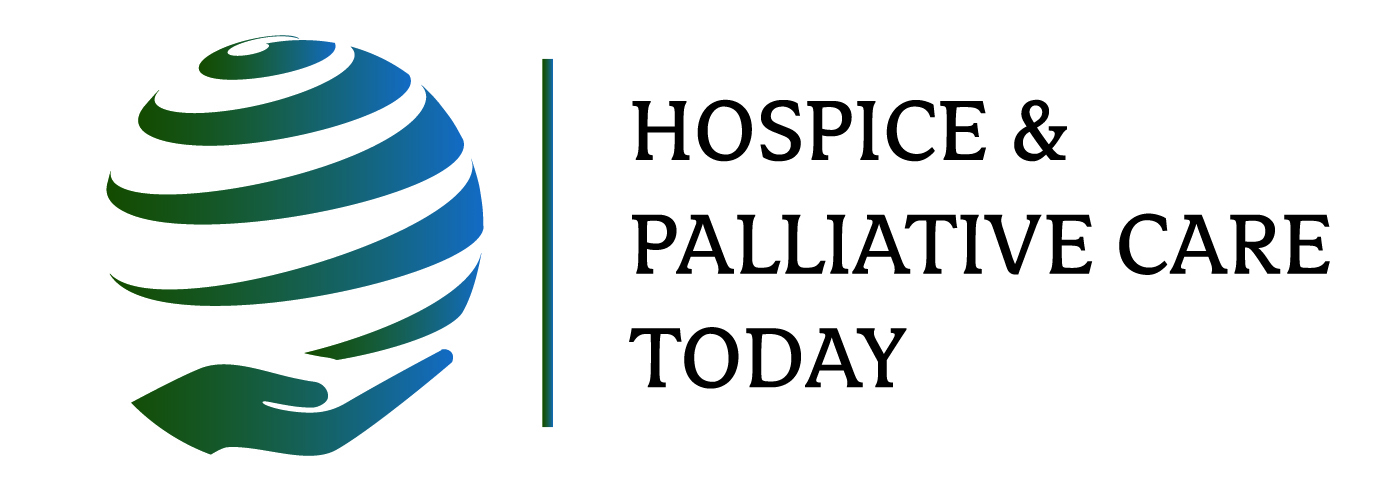Sign up for our free daily newsletters here! Note: subscribers can access our search feature!
Welcome to Hospice & Palliative Care Today, a daily email summarizing numerous topics essential for understanding the current landscape of serious illness and end-of-life care. Teleios Collaborative Network podcasts review Hospice & Palliative Care Today monthly content - click here for these and all TCN Talks podcasts.
2. Oregon Health Authority seeking public input on Providence home health and hospice deal
3. Hospice: Relatable language, cultural humility key to grow rural utilization
4. Yocha Dehe provides $1 million grant to YoloCares for new hospice shelter
5. Snowline rethinks donation policy
7. A sacred commitment: Eden Memorial Jewish Funeral Home and Chapel in New Jersey upholds Jewish burial traditions
13. [England] Developing a palliative care service for the homeless community
Barbara Pearce honored at CT Hospice Gala for extraordinary leadership through challenging times
The LaGrange Daily News, Branford, CT; by PR Newswire; 6/18/25
Barbara L. Pearce was honored for her "extraordinary leadership" during a pivotal period in The Connecticut Hospice's history at the organization's annual Bloom Gala. Held on the scenic waterfront grounds of The Connecticut Hospice in Branford, this year's gala celebrated Pearce's exceptional guardianship through a challenging time in the non-profit's 51-year history and welcomed Sylvia Allais as the new president and CEO. In 2019, Pearce accepted a temporary leadership role at Connecticut Hospice, the nation's first provider of palliative and end-of-life care for patients and their families. What was intended as a six-month interim role became a six-year commitment, with Pearce becoming the organization's president and CEO. During her tenure, Pearce secured the financial stability of Connecticut Hospice, enabling its vital mission of providing compassionate support—both at home and at the 52-bed inpatient facility—to continue for generations to come.
Oregon Health Authority seeking public input on Providence home health and hospice deal
Oregon Capital Insider; by Mia Maldonado; 6/18/25
The Oregon Health Authority is seeking public input on a proposal from Compassus, a home health provider, to acquire 50% of Providence Home Health and Hospice in Oregon. Under the proposal, the for-profit company would take over management of Providence’s Oregon home health and hospice agencies operating in Beaverton, Hood River, Salem, Seaside, Silverton/Mt. Angel, Medford, Newberg, Oregon City and Portland. The Oregon Health Authority hopes to receive public comment from patients and caregivers of patients who have received home health or home hospice services from Providence. The agency wants to hear about Oregonians’ experiences with Providence and any thoughts about the proposed deal.
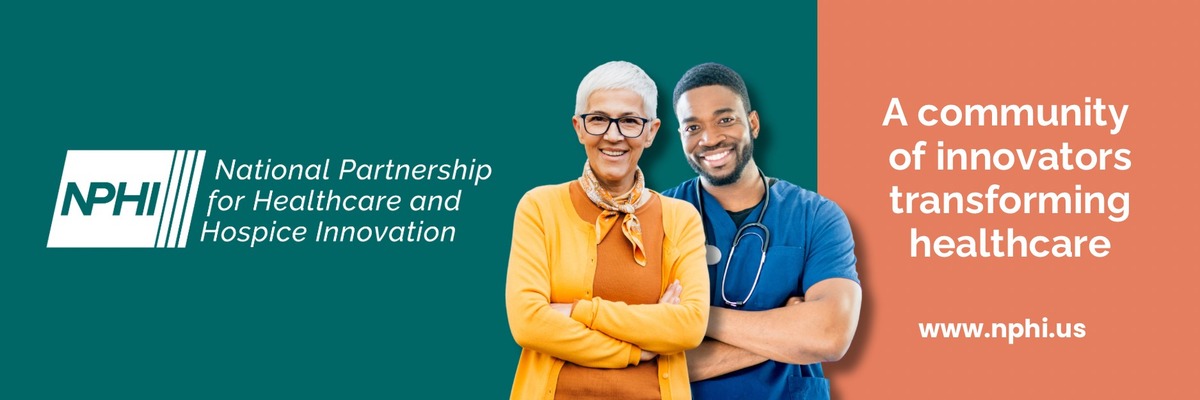 |
Hospice: Relatable language, cultural humility key to grow rural utilization
Home Health Line; by MaryKent Wolff; 6/18/25
Agencies in rural communities that make information about their care more accessible to community members who may be isolated or lack trust in health care services could see both increased hospice utilization and patient engagement. [Subscription required for full access.]
Yocha Dehe provides $1 million grant to YoloCares for new hospice shelter
The Davis Enterprise, Davis, CA; 6/18/25
The Yocha Dehe Wintun Nation is proud to announce a $1 million grant for YoloCares to expand its adult day care program in Davis and operate a new hospice shelter in Sacramento that will address the complex needs of unhoused terminally ill patients. The first of its kind on the West Coast, Joshua’s House was dedicated on Wednesday and will feature six separate homes that will welcome up to 15 people at a time. YoloCares’ commitment to support and serve the rural and Indigenous communities in its six-county service area means that Joshua’s House will prioritize service to unhoused rural and Indigenous community members in need of care. The professionally staffed home will provide shelter, food, and clothing to people from Sacramento, Yolo, Placer, Solano, Sutter, and Colusa Counties to hospice-eligible patients referred by the major health systems. Licensed professionals will provide hospice care to patients staying at Joshua’s House.
 |
Snowline rethinks donation policy
Mountain Democrat, Placerville, CA; News Release; 6/18/25
... Operated in support of Snowline’s nonprofit mission, its thrift stores raise crucial funds to provide palliative care, hospice services, bereavement and veteran support to individuals and families throughout our region. Recently, in response to feedback from the community about donation limitations, Snowline opened its doors to accept a broader range of donated items. The goal was simple: to be more accommodating and say “yes” more often to those wanting to give. ... While the outpouring of donations was generous and deeply appreciated, this well-intentioned shift led to a significant rise in items that simply could be resold, things that were broken, torn, incomplete or nonfunctional. As a result, waste removal costs have skyrocketed in the thousands due to an increased number of trash runs and landfill fees. These unexpected expenses threaten Snowline’s ability to direct maximum funds toward the care programs that are at the heart of its mission. “We want to be a resource for our community and also remain good stewards of the donations we receive,” said Director of Thrift Operations Daron Hairabedian. “But we also have a responsibility to ensure the dollars raised through our thrift operations go where they matter most, supporting patients and families in the most vulnerable times of their lives.” To preserve the long-term sustainability of Snowline’s vital programs, including palliative care and grief support services, Snowline Thrift Stores will return to a more selective donation process.
“Her toes fell off into my hand”: 50 moments that changed healthcare workers forever
BoredPanda; by Dominyka; 6/18/25
When we go through traumatic events, our brain can shut out feelings and thoughts as a way to protect us from emotional or physical damage. This can make people go numb in stressful situations, so our bodies have time to figure out the best course of survival. Healthcare workers are frequently exposed to traumatic experiences, so when they were asked what event made them go permanently numb, they shared many devastating stories. Scroll down to find them below, and don’t forget to share similar ones if you have any.
1. Having to tell my patient we had no ventilators left during Covid so he really had to be strong and focus on his breathing all night just to stay alive. He did. ...
3. Carrying a stillborn infant to the morgue in my arms so that her mother did not have to see her on the cold morgue cart. ...
4. A mother holding her stillborn said “I wish I could sit here and stare at her until we both turn into dust.” ...
13. The amount of children and young people that die because they have no health insurance ...
22. Doing post mortem care on a young mom while her toddler was asleep in the cot set up beside the bed. ...
24. Losing my 8 week old daughter and my boss calling me the next day asking when I'd be returning to work, on the pediatric floor …
Editor's Note: Calling non-clinical leaders, stretch your empathy for your clinicians by asking them to describe one of their most devastating hospice/palliative experiences. Ask how that experience impacted the care they provide today. Listen and learn. Deepen your grasp for why work-home life balance is so important, especially as data-trends continually inform us of more demand, less time, and less.
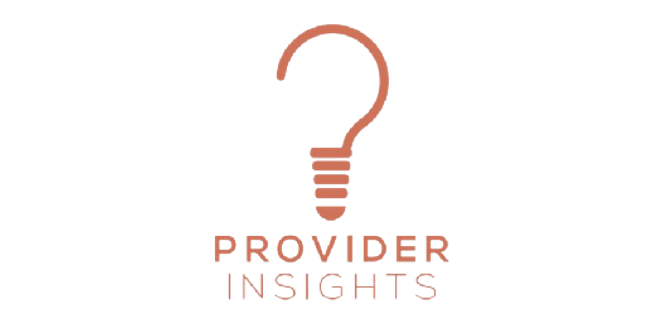 |
A sacred commitment: Eden Memorial Jewish Funeral Home and Chapel in New Jersey upholds Jewish burial traditions
The MarCom Journal, Fort Lee, NJ; by Frank Patti; 6/17/25
As contemporary life continues to evolve, Eden Memorial Chapel in Fort Lee remains dedicated to honoring Jewish burial traditions that have guided generations. Located at 327 Main Street, this New Jersey Jewish funeral home and chapel serves communities across New Jersey and New York, including Englewood, Manhattan, Harlem, Yonkers, and Newark, offering a full range of funeral services grounded in halachic practice and compassionate care. The funeral home’s approach reflects a balance between tradition and modern needs. Its services are structured around sacred Jewish customs, including Tahara (ritual purification), Shmira (guarding the deceased), and the use of a traditional Aron (plain wooden casket without metal parts). These practices are carried out in accordance with rabbinical standards and in coordination with Chevra Kadisha organizations, ensuring religious integrity throughout.
From burnout to belonging: Creating space for grief in clinical education
American Academy of Pediatrics (AAP) Journals Blog; by Rachita Gupta; 6/16/25
... While significant progress has been made in addressing burnout and emotional distress in medicine, and in incorporating these topics into medical education, many clinicians remain hesitant and uncertain about how to address grief and distress from patient care in day-to-day clinical practice. This uncertainty exists both in terms of their own experiences and, even more so, in supporting trainees. A lack of emotional processing in these difficult situations can accelerate burnout and further disconnect clinicians from the humanism and vulnerability that are intrinsic to the privilege of practicing medicine. ... The recently published Hospital Pediatrics article by Bloomhardt et al, “Good Grief? Introducing the TEARS Framework for Educator to Support Learners Experiencing Grief,” (10.1542/hpeds.2024-008096) addresses the hesitancy many clinicians experience when assessing learners’ emotional processing during or after distressing patient cases by introducing the TEARS framework. ...
Editor's Note: See a related post in today's newsletter, "“Her toes fell off into my hand”: 50 moments that changed healthcare workers forever."
 |
New Day Healthcare to enter new state with acquisition of Heritage Home Healthcare
Home Health Care News; by Morgan Gonzales; 6/18/25
Home-based provider New Day Healthcare announced Wednesday that it agreed to acquire Heritage Home Healthcare, marking its first foray into a new state. With a team of over 900 caregivers, Heritage Home Healthcare provides home care, hospice and skilled nursing services to more than 1,100 patients daily across New Mexico. The acquisition brings New Day’s total deal count to 15. ... Texas-based New Day Healthcare offers home health, hospice, pediatric, clinical decision support and personal care services in Texas, Missouri, Kansas, Illinois and now New Mexico. The company’s 10,000 team members help service nearly 180,000 patients annually.
How AI tools help home health providers dramatically lessen OASIS time burden
Home Health Care News; by Joyce Famakinwa; 6/18/25
As home health leaders continue to identify areas where artificial intelligence (AI) can be most beneficial to their businesses, some are beginning to utilize these tools to reduce the time burden of the Outcome and Assessment Information Set (OASIS). Payment and outcomes are directly impacted by OASIS data collection, making accurate OASIS data collection crucial for home health providers. Yet for many clinicians, OASIS data collection can be a major pain point due to its complexity and time demands. Providers who have turned to AI-powered tools report “dramatic” efficiency gains. Still, experts note that some “fine tuning” remains to be done before the technology reaches its full potential.
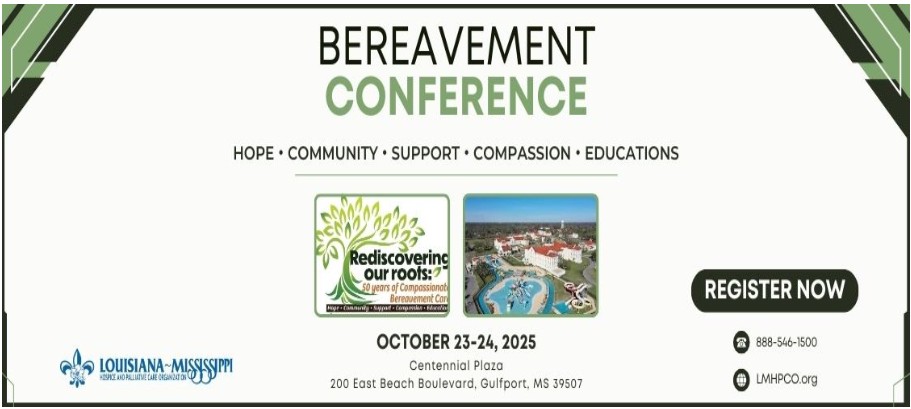 |
How long was Adriana Smith on life support? Brain‑dead nurse's baby delivered by C‑section
Enstarz; by David Unyime Nkanta; 6/18/25
The 31-year-old nurse was declared brain dead early in her pregnancy—her baby was born via C-section nearly four months later, sparking legal and ethical debate. Adriana Smith, a 31‑year‑old nurse in Atlanta, was declared brain dead in mid‑February after suffering serious blood clots in her brain. Despite devastating diagnosis, she remained on life support for nearly four months—a decision doctors said was legally necessary under Georgia's strict abortion laws. This rare case of maternal somatic support—keeping a brain-dead woman alive to deliver a baby—is highly unusual. On 13 June, doctors at Emory University Hospital performed an emergency c‑section, delivering a boy they named Chance, weighing just 1 lb 13 oz (around 830 g). ... Smith's mother, April Newkirk, described the ordeal as 'torture,' saying: 'I see my daughter breathing, but she's not there.' The family maintain that they were never allowed to make treatment decisions, a situation that has deeply distressed them and prompted calls for change.
Editor's Note: This is a follow-up to the article we posted on 5/23/25, "Case of brain-dead pregnant woman kept on life support in Georgia raises tricky questions."
[UK] Palliative sedation at the end of life: Practical and ethical considerations
Clinical Medicine; Dr Caroline Barry MBBS FRCP LLM FHEA PG Cert; Dr Robert Brodrick MB ChB (Hons) MA MRCP FHEA; Dr Gurpreet Gupta MBBS BSc PG Cert; Dr Imranali Panjwani LLB, PGDip, PG Cert, PhD; 6/25
Highlights: The aim of palliative sedation is to relieve refractory suffering with the use of medications to reduce consciousness. Where palliative sedation is being used to treat agitation at the end of life, it is important to exclude and/or address reversible causes prior to starting medication. The drug, dose and route of administration of palliative sedation may vary according to the indication for treatment. Appropriate and proportionate use of palliative sedation does not hasten death. Suffering may have different meanings for people depending on their backgrounds and life experiences.
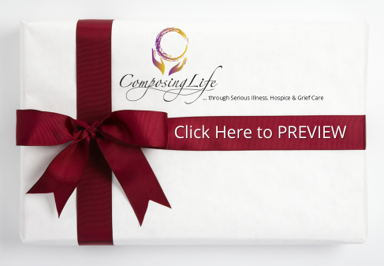 |
[England] Developing a palliative care service for the homeless community
Nursing Times; by Mark Pedder; 6/18/25
To help address inequalities in the provision of palliative care, a hospice set up a service focusing on the unique care needs of Luton’s homeless community. The outreach initiative addresses the logistical and emotional barriers that often prevent homeless individuals from seeking care. Initially conceptualised as a weekly outreach clinic, the service evolved into a more flexible model that adapts to the unpredictable nature of the community it serves. By reframing the conversation and addressing the stigma surrounding homelessness, the service aims to improve health outcomes and extend life expectancies for this vulnerable population, while avoiding unnecessary hospital attendances and improving end-of-life conversations.
- Ira Byock shared "As an old emergency doc, I tend to avoid TV shows about ERs. The Pitt is worthy exception... I pitched them a story I told in The Four Things That Matter Most. Lo and behold, Noah Wyle adapted it for episode 4! How cool is that?!"
- Brystana Kaufman shared "A Policy Framework for States Seeking to Scale Palliative Care. By taking action across the four dimensions Engage, Design, Integrate, and Bundle, states may better meet the needs of people with serious illness and their families."
- Arlen Gaines, PhD, LCSW-C, LICSW, APHSW-C, shared "I'm now in the process of sharing what I've learned in my research on the grief and bereavement experiences of children with intellectual disabilities in a free webinar with Supporting Illinois Brothers & Sisters (SIBS)."
- Gregory A Wood, Executive Director of Hospice of the Ozarks, shared "Ready to head out to the Hospice of the Ozarks A Night of Hope Gala to raise money for its purpose and mission with a Kentucky Derby theme. It was a great and special night." [Looking sharp Greg!]
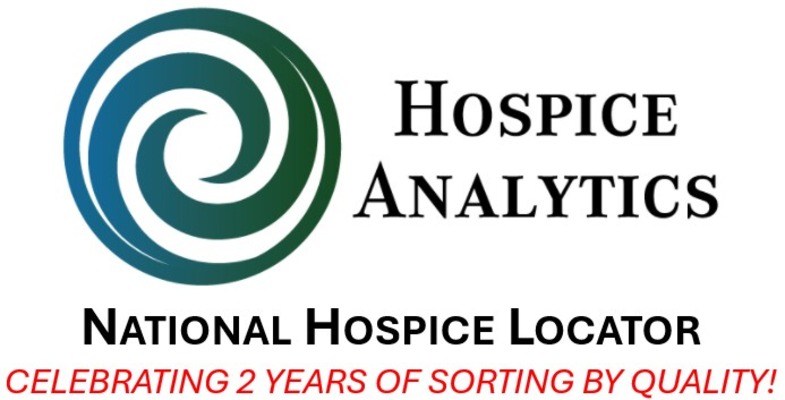 |
The Fine Print:
Paywalls: Some links may take readers to articles that either require registration or are behind a paywall. Disclaimer: Hospice & Palliative Care Today provides brief summaries of news stories of interest to hospice, palliative, and end-of-life care professionals (typically taken directly from the source article). Hospice & Palliative Care Today is not responsible or liable for the validity or reliability of information in these articles and directs the reader to authors of the source articles for questions or comments. Additionally, Dr. Cordt Kassner, Publisher, and Dr. Joy Berger, Editor in Chief, welcome your feedback regarding content of Hospice & Palliative Care Today. Unsubscribe: Hospice & Palliative Care Today is a free subscription email. If you believe you have received this email in error, or if you no longer wish to receive Hospice & Palliative Care Today, please unsubscribe here or reply to this email with the message “Unsubscribe”. Thank you.
